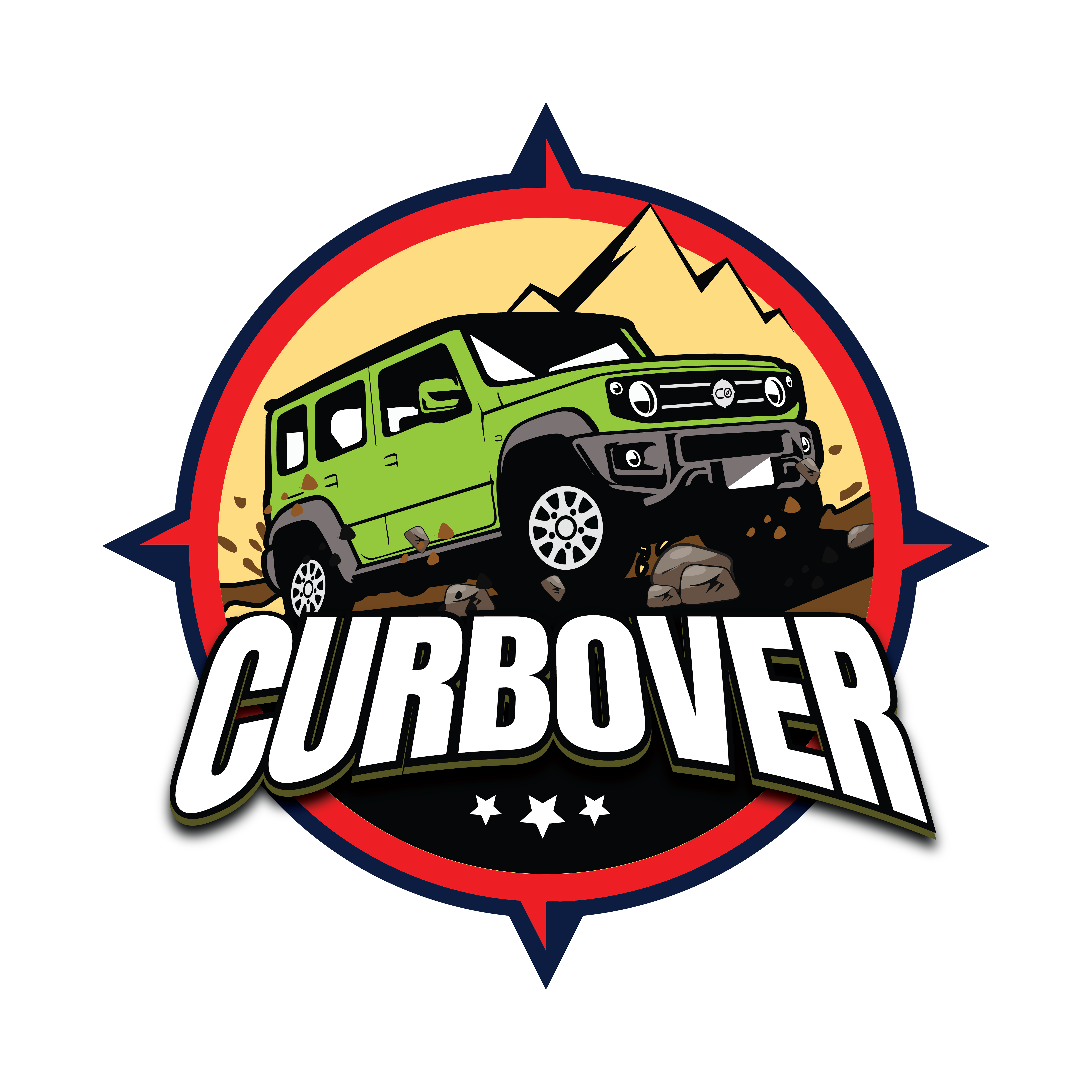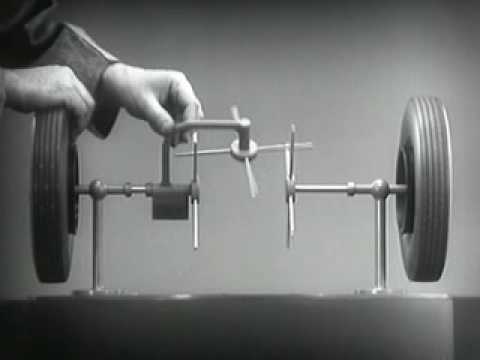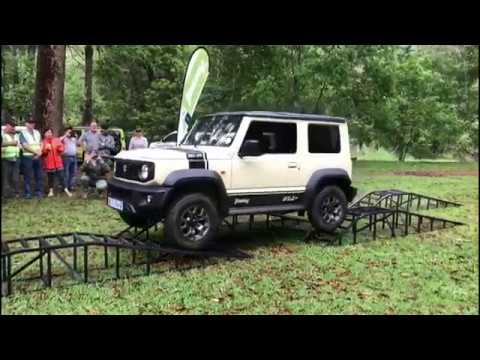To understand these simple concepts, basic education is required.
What’s better than an amazing video that can explain like you’re a child?
Now that you’ve seen it, you know it! Reading further below will add to the basics and build your knowledge.
AWD vs 4X4
An AWD system is where all 4 wheels are driven by the engine and power is distributed between the wheels based on which wheel has traction. There is limited option of locking the power between front and rear axles and there is NO 4 low range option. AWD is also usually in 2-wheel drive mode with front wheels getting power.
On a 4x4 system the rear wheels are usually the driven wheels, and the front ones are engaged manually when you shift the level to 4H or 4L; Along with that the transfer box also multiplies torque when you put the car in 4L.
As a driver you control the engagement and disengagement unlike AWD where the car does it.
Differentials
Some 4x4 vehicles also have a centre differential which manages the torque between the front and rear axles and in such cars, you can engage 4x4 on hard surfaces also. Pajero SFX and first gen Fortuner had this centre diff also.
There is another thing called lockable differentials, these lock the wheels on the same axle so that they rotate equally, and this is very useful if one wheel loses traction. Gurkha has this on both axles. Jimny does not have a lockable differential but has something called BLD or brake limited differential where the car applies brake to the wheel which is slipping thereby transferring torque to the other wheel which has traction.
BLD in Jimny is available on both front and rear axles.
Thar has something called MLD or Mechanically Locking Differential which locks the slipping wheel using a mechanical device inside the rear differential.
AWD vehicles normally don’t have any such features hence their use is primarily to maintain traction on slippery surfaces like snow and ice and hence these systems are widely used in colder countries.
4x4 on the other hand is used to give you the capability to go off road and have fun at slow speeds. It gets you out of stuck situations.
So AWD is usually for high-speed runs where maintaining traction is important and 4x4 is for offroad applications usually at low speeds.
Jimny does not have a centre differential so please DO NOT use 4H or 4L on dry/wet pavement or tarmac. It will cause the transmission to wind up and get damaged. 4H or 4L in Jimny needs an amount of slippage before they can be engaged. Once you know that your car will likely slip, that is the time you engage 4H. Just follow one simple rule. Don’t engage 4H or 4L on paved roads which have good dry surfaces. If you have ice, snow, mud, black ice, sand you can definitely use 4H or 4L due to low traction. Even in rain on tarmac road you should not engage 4X4.
How Jimny’s BLD works:
**Even if the steering is straight? **
Even then you risk damage because you may need to steer and at that moment it will become an issue. Only and only if you need to go a very short uphill path you could engage 4L but remember to keep vehicle and steering absolutely straight. If you have stones, gravel, pebbles etc you can use 4x4 without issue even if it is dry. The point is that there should be potential of one or the other tyre to be able to slip if needed to equalize the torque being sent.
Imagine a spring, if you wind it up too tight it will break, so it needs to release the tension to be able to function properly. The wheel slippage ensures that any stress that is built up is released periodically. If it is not released the axle will twist out of shape or worse break. Differential gears can get chewed up too.
In 4H or 4L, does the car not detect slippage and only then send power to both axles? And therefore, If full traction, then power only to rear axle?
That happens in AWD not in 4x4, in 4x4 you have the control to either engage or disengage the system using the small gear. Once engaged then the BLD will distribute power left and right on the axles.
Engaging 4x4 means you want power to be sent to both axles and all 4 wheels. Now if one wheel on the rear or front axle slips then BLD engages on that axle differential and send power to the other wheel on the same axle to get you moving. So BLD engages on a per differential / axle level and distributed power to the left or right on that axle. Whereas 4x4 engagement means you want to send power to both axles and therefore all 4 wheels. Then if any one tyre on that axle loses grip, then BLD kicks in and applies brake to that wheel and the diff then transfers power to the other wheel.
BLD VS MLD
BLD is brake lock and MLD is mechanical locking. MLD makes a loud noise and is more abrupt/jerky than BLD which is smoother. Both are means to same ends. Giving power to the wheel with traction and not the one spinning freely.
Congratulations, you now know “what is what” and can finally save the remaining hair on top of your head.
Thanks to @Traveler for sharing his deep knowledge with us.


